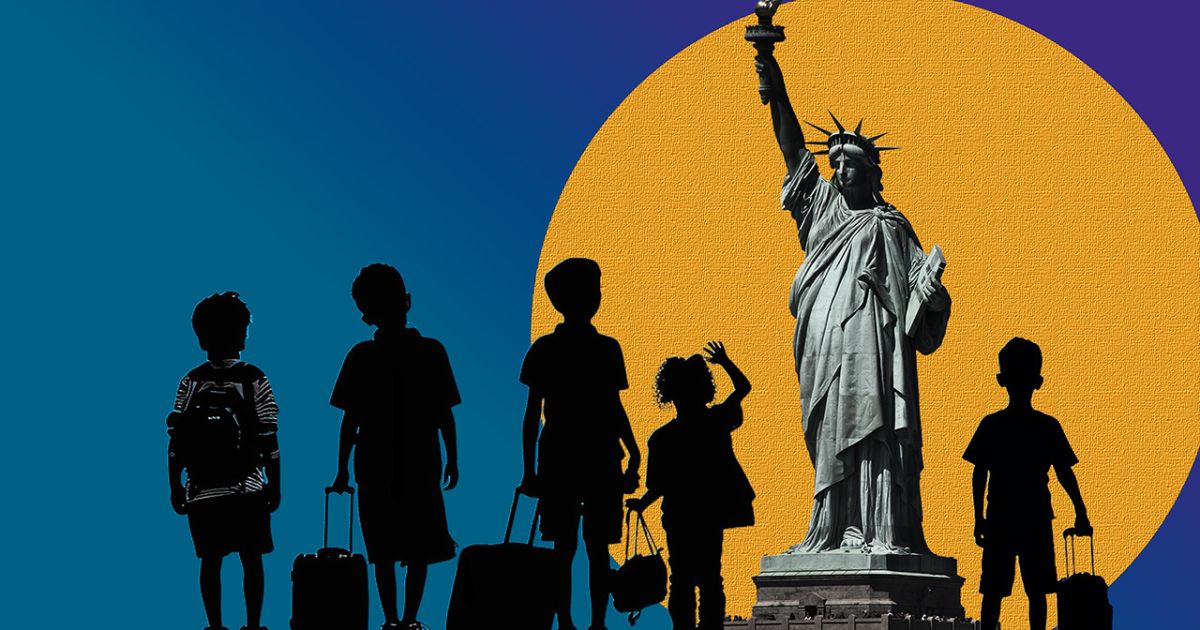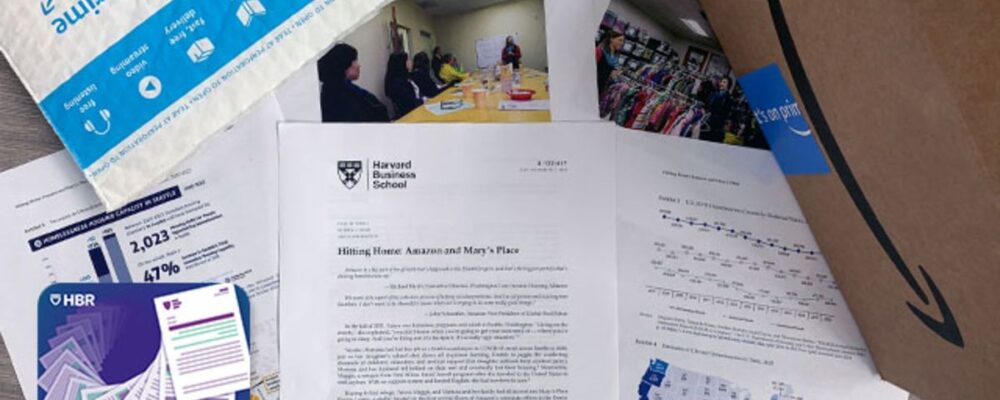For refugees fleeing troubled regions as disparate as Afghanistan and Ukraine, finding meaningful work in the United States is not only key to their own success, but also crucial for businesses navigating labor shortages.
New research offers lessons for policymakers and employers learned from the final wave of migration after the Vietnam War in the late 1980s and early 1990s. Under the Amerasian Homecoming Act (AHA), some 25,000 children of Vietnamese mothers and US fathers stationed there during the war immigrated to the United States. Being teenagers and young adults at arrival—and their specific age when they arrived—was a critical factor determining their success in school, work, and beyond.
Younger immigrants—with the right support and clear paths to education and employment—outperform their older peers decades down the line, finds William Kerr, the D’Arbeloff Professor of Business Administration at Harvard Business School. Those who arrived between the ages of 14 and 17 fared better than their 18- to 21-year-old counterparts in education, language fluency, careers, and economic well-being over the following decades, with the younger group graduating college and achieving income levels similar to those of people born in the US of the same age.
“This group was allowed to work in the United States legally upon arrival, which differs from settings where we see refugees struggle globally when barred from employment opportunities.”
The findings have broad implications that require further research across various refugee and immigrant groups, Kerr says, such as populations that come to the US during different economic moments, like the 1990s boom or the bust of the Great Recession in the early 2010s. And amid persistent labor shortages that are prompting businesses to try to broaden the applicant pool, the study holds clues for how immigrants can best contribute to their new economies.
“This group was allowed to work in the United States legally upon arrival, which differs from settings where we see refugees struggle globally when barred from employment opportunities,” says Kerr. That kind of legal support mattered “rather significantly,” he says. “Likewise, the placement of younger arrivals into the US school systems was very important for their education and social integration.”
Kerr wrote the study with Sari Pekkala Kerr, senior research scientist at Wellesley College, and Kendall E. Smith, a doctoral student at London Business School.
A congressman takes action
Initial expectations for the group’s prospects were low. George Esper, who was Vietnam correspondent for the Associated Press, chronicled the plight of children born from relationships between Vietnamese women and US servicemen, writing that they were largely “jobless, homeless, uneducated, unwanted, barely able to speak English” when they arrived to America.
Spurred in part by outrage sparked by a 1985 photo of polio-stricken Amerasian child begging in Ho Chi Minh city, US Representative Robert Mrazek spearheaded the AHA legislation, which passed in 1987. The congressman speculated that new arrivals would find it easier to integrate when they were younger, an instinct that proved correct, the authors write.
Tracing the ‘third wave’ of immigrants
To study the impact of the “third wave” of immigration from Vietnam that the AHA triggered, the researchers discovered a fortunate coincidence: This particular group of people migrated just as the US Census created its in-depth Longitudinal Employer Household Dynamics (LEHD) database. These data allowed the authors to follow individual anonymized career trajectories, implied by job titles and income, with far more specificity than previously available, Kerr notes.
State Department data suggest that from 1989 to 1995, two-thirds of immigrants from Vietnam were refugees or were biracial and had an American father; the program also allowed siblings to join.
The authors tracked about 60,000 people, using census data to focus on those who:
- Were born in Vietnam during years they would have been eligible to immigrate under the law.
- Arrived in the US between 1989 and 1995 at the ages of 14 to 21.
The authors split the group into two cohorts: ages 14 to 17 and ages 18 to 21.
“By linking these arrivals into the LEHD, we can observe decades of subsequent career history,” the authors write.
Pharmacists, dentists, engineers, and teachers
The researchers found that younger immigrants:
- Started poor: Lived in households with very low incomes, roughly 45 percent of the regional average for the population in 1990, versus 54 percent for older AHA immigrants.
- But advanced rapidly: Eventually surpassed older immigrants by 2019, bringing home 106 percent of the local average versus their elders’ 90 percent.
Younger teenage arrivals were also more likely to marry a US native or have a college-educated spouse. Older refugees showed gaps in language fluency, education, and income relative to their younger peers.
Today, the younger group of immigrants are more likely to be pharmacists, dentists, engineers, and teachers, and they are more frequently in jobs with “supervisor” as part of the title. They are also less likely to be in the nail care sector, itself a unique and well-developed entrepreneurship path among Vietnamese immigrants to the US—but one that can limit integration and upward mobility, the paper says.
“When you look across the many different experiences that countries are having with refugee and asylum-based migration, and the long run outcomes, even the older population in this setting is doing reasonably well,” Kerr says, adding there’s never one single factor to explain outcomes in the complex world of immigration.
Immigration policy design matters
Refugees often differ from other immigrant populations in that they intend to remain in the US for a lifetime, unlike some who come to earn money to send home or international college students who may return home when visas expire. In the early years of the AHA, the researchers note, some 95 percent of applicants were approved.
Another unusual element of the legislation: Many of the AHA refugees trained in the Philippines for six months to learn English and become familiar with American customs. Yet that aspect of the program may have delayed arrivals at a critical time, when the teens would have benefitted from integration most, the authors speculate.
“There’s a lot that we need to continue to explore and learn about from that vantage point.”
Once arrived, the AHA refugees settled in a range of geographic areas across the country, becoming part of the general US population.
“There’s a lot that we need to continue to explore and learn about from that vantage point,” Kerr says. “Were there particular traits of this wave that were advantageous for this group? Did they land in a particular city that was overall more beneficial, or did they have a particular type of early career experience?”
You Might Also Like:
Feedback or ideas to share? Email the Working Knowledge team at hbswk@hbs.edu.
Image: Illustration created using images from AdobeStock/ Brad Pict and generated by Midjourney, an artificial intelligence tool
“Harvard Business School is the graduate business school of Harvard University, a private research university in Boston, Massachusetts. It is consistently ranked among the top business schools in the world and offers a large full-time MBA program, management-related doctoral programs, and executive education programs.”
Please visit the firm link to site




